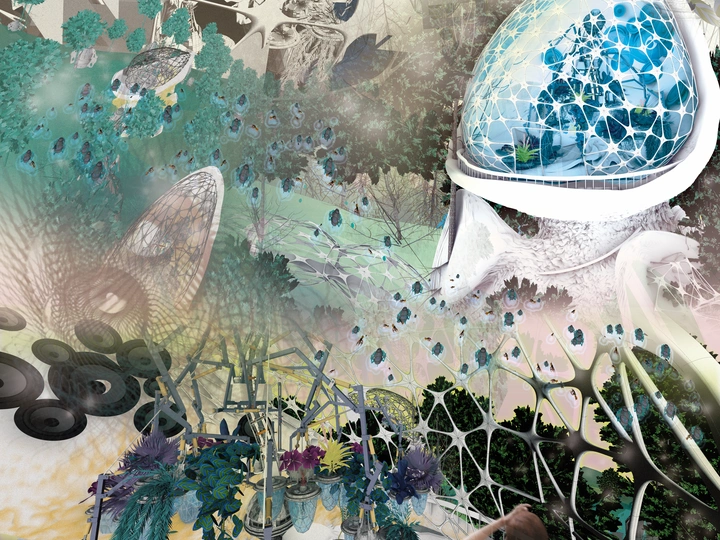Living-Tectures

I am an interdisciplinary artist and architect whose work unfolds across artistic practice, critical research, and architectural design. I hold dual degrees in Fine Arts and Architecture, as well as the official Master of Architecture required in Spain. This academic path has shaped a hybrid perspective — both material and conceptual — from which I approach architecture as an expanded, transdisciplinary practice.
My work explores the intersection of architecture, live arts, cultural studies and collaborative methodologies. I have collaborated with various studios and research initiatives focusing on sustainability, alternative pedagogies and speculative ecologies, and I have published several academic articles addressing non-normative ways of inhabiting and designing. I have also been invited to lead workshops as a guest tutor, facilitating spaces for collective experimentation in both institutional and self-organized contexts.Since 2023, I have had the opportunity to lead and facilitate workshops at two successive editions — Romania (2023) and England (2024). This journey culminated in the successful proposal — developed alongside my colleague and a large team — to host the 2024 Assembly under the theme Shanzhai, a project that aimed to cultivate architectural imagination through radical joy and collective action.
In a time of systemic collapse, where the modern universal subject crumbles amid structural exclusions and normative fictions, architecture demands a radical refoundation. This article proposes a design vision that dislocates the anthropocentric paradigm and turns toward symbiotic assemblages and queer ecologies based on the theorical background applied on the academic development.
Inspired by the works of Donna Haraway and Lynn Margulis, and articulated through rhizomatic thinking and symbiogenesis, architecture is reimagined as a porous, soft, tentacular entity: an infrastructure for interspecies cohabitation.
The first part outlines the theoretical foundations of this disciplinary mutation, while the second describes the technical tools and computational languages that enable its implementation. From soft technologies such as soft robotics to parametric modeling systems and territorial analysis, alongside cultivated biomaterials and immersive representational environments, the argument is made that to design today is not merely to construct spaces, but to negotiate affects, metabolize data, and host multiple forms of life in architectures that learn not to belong.